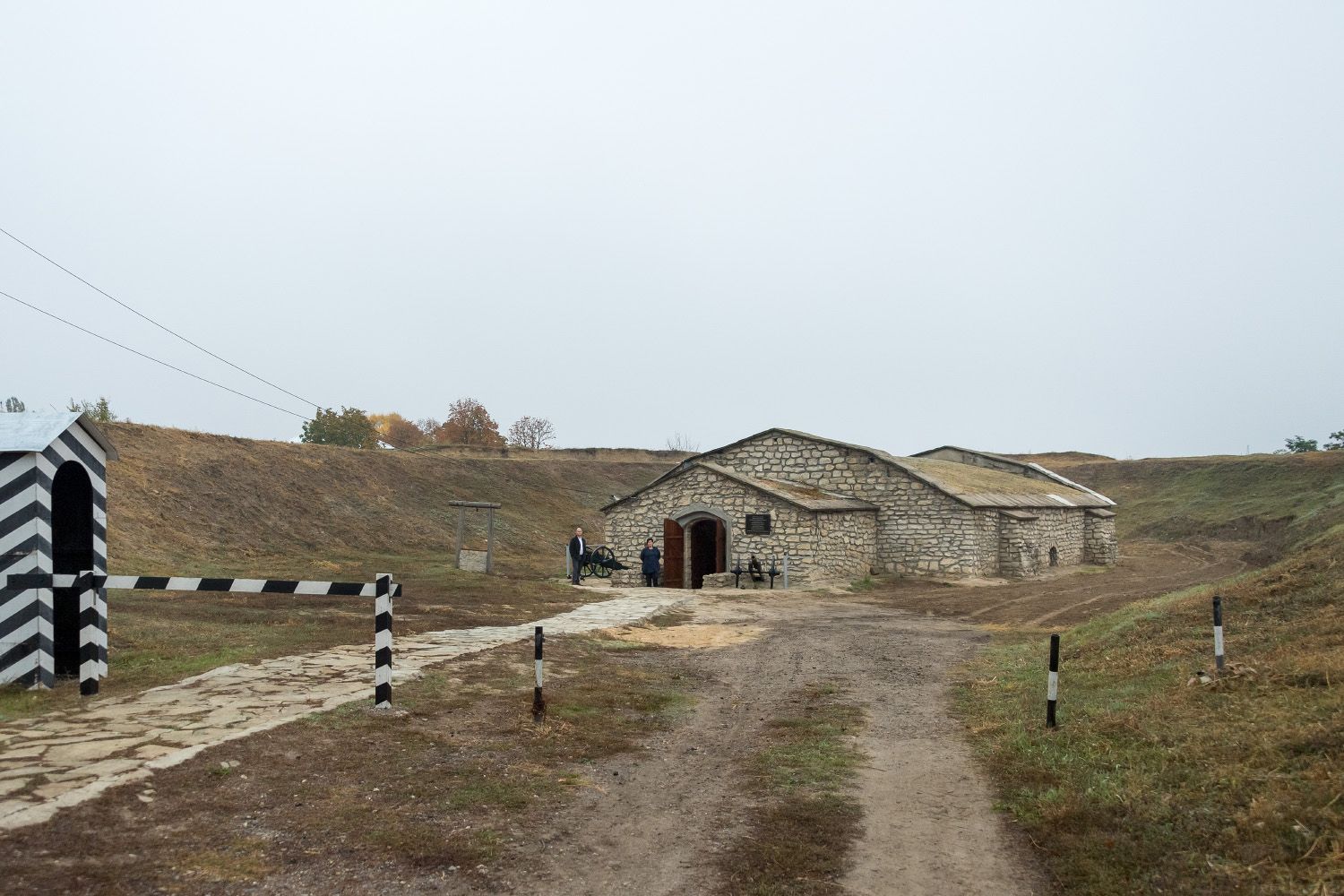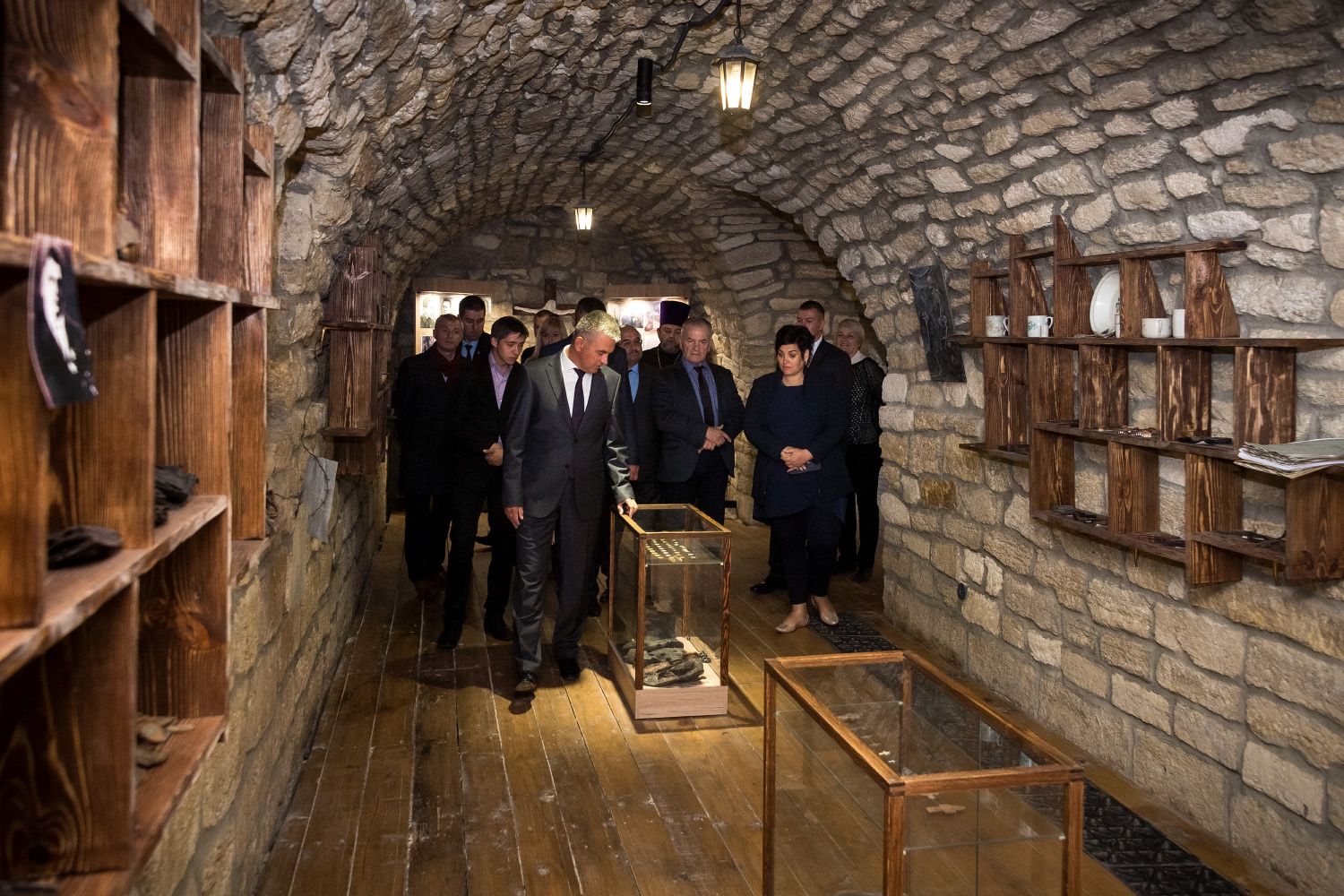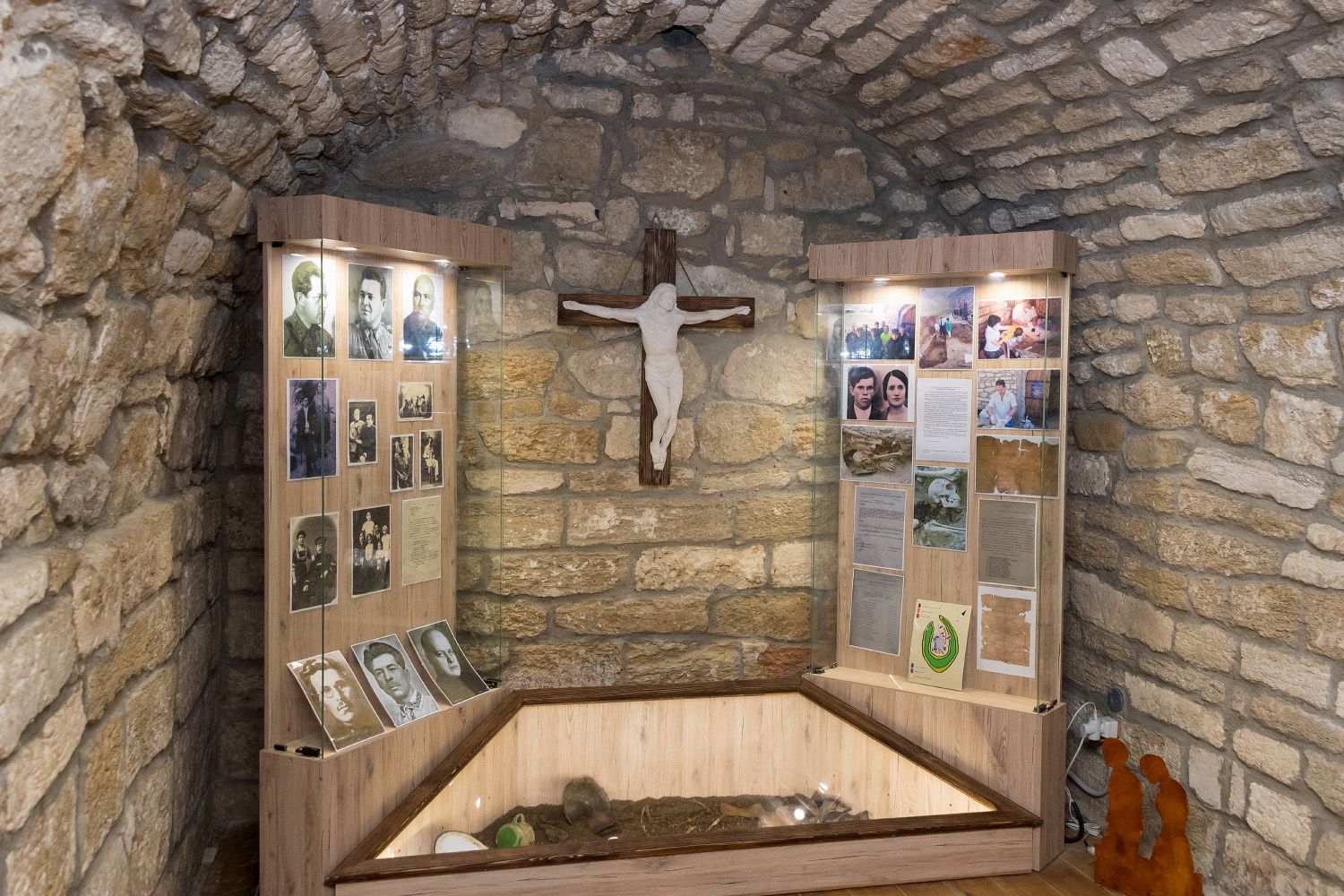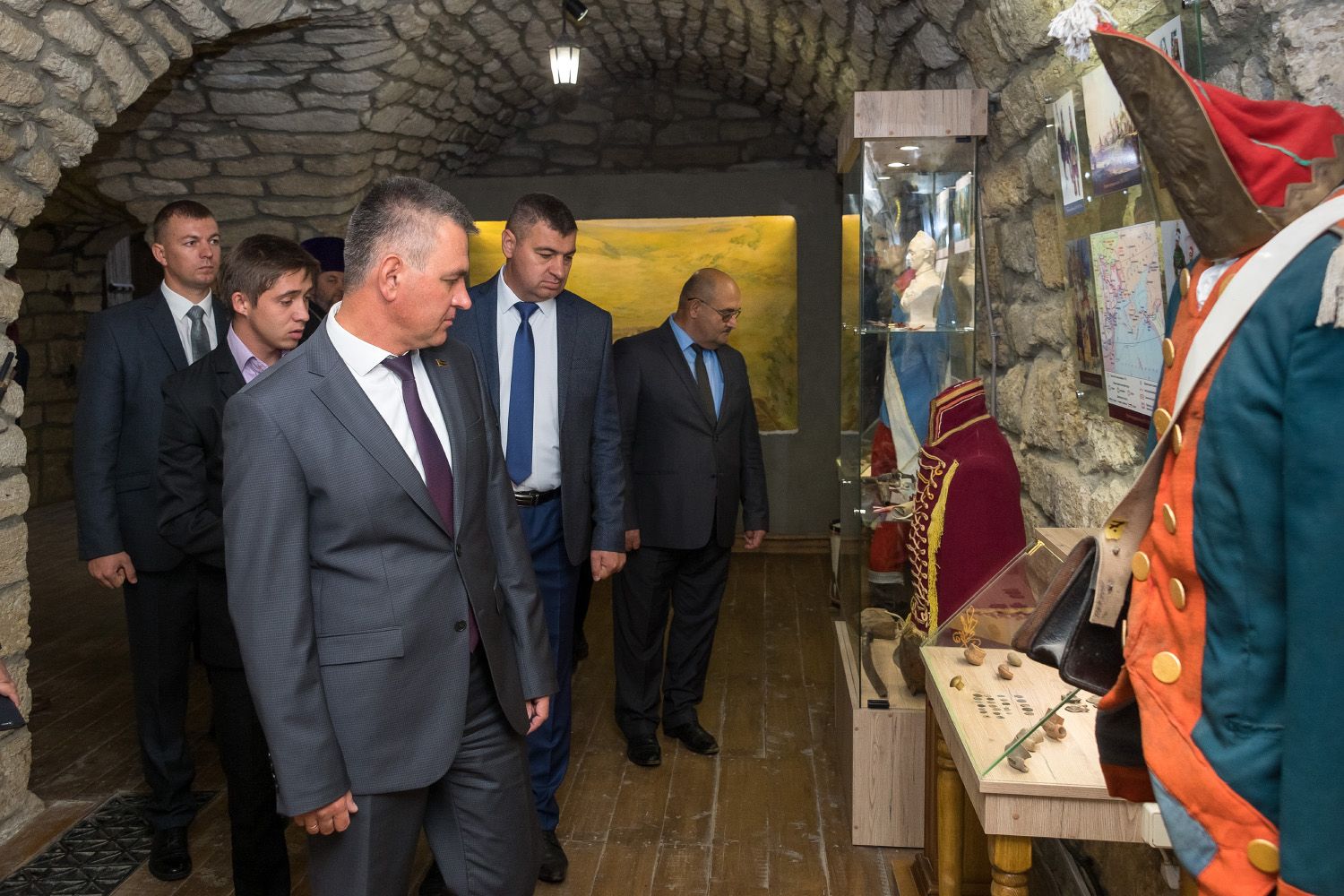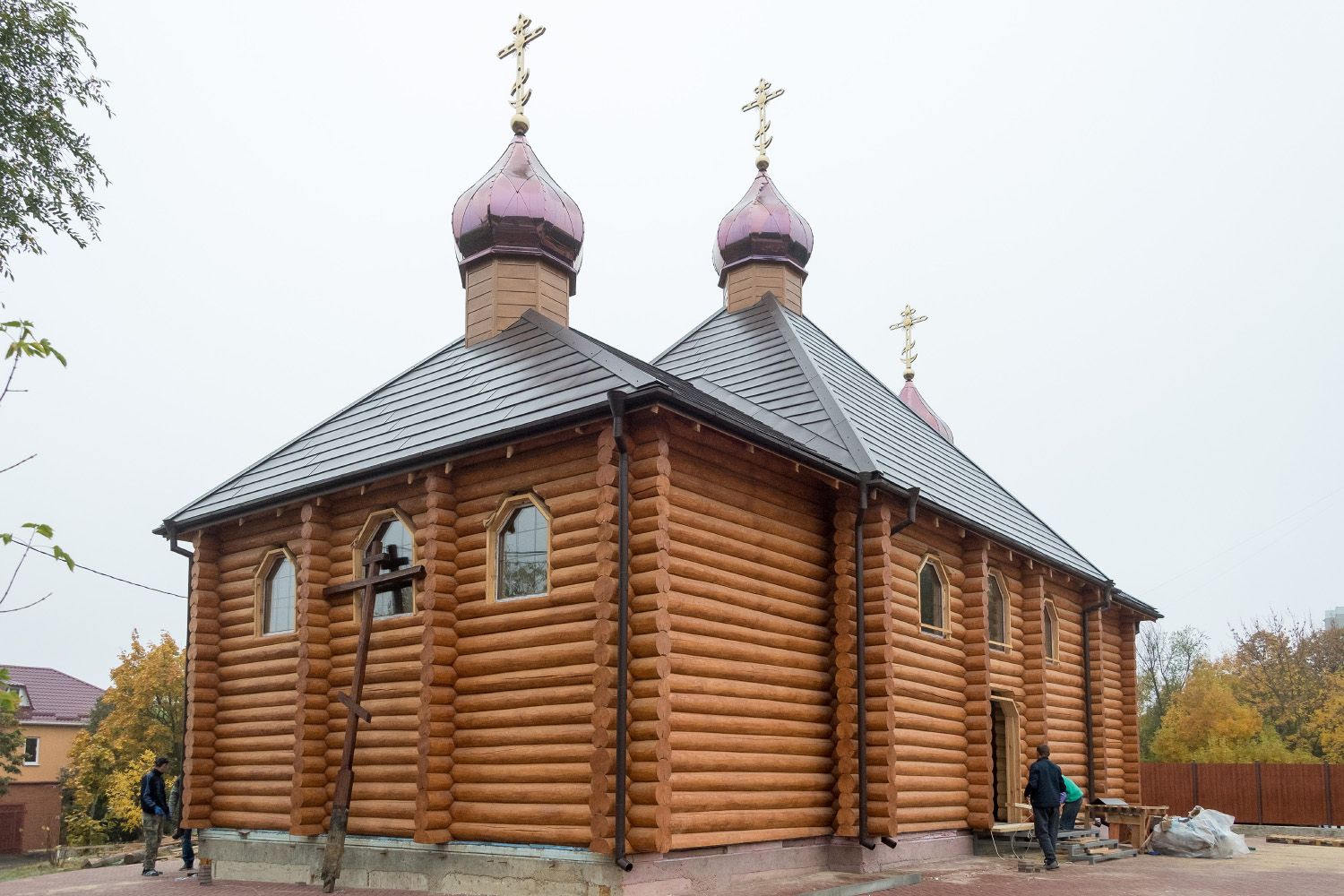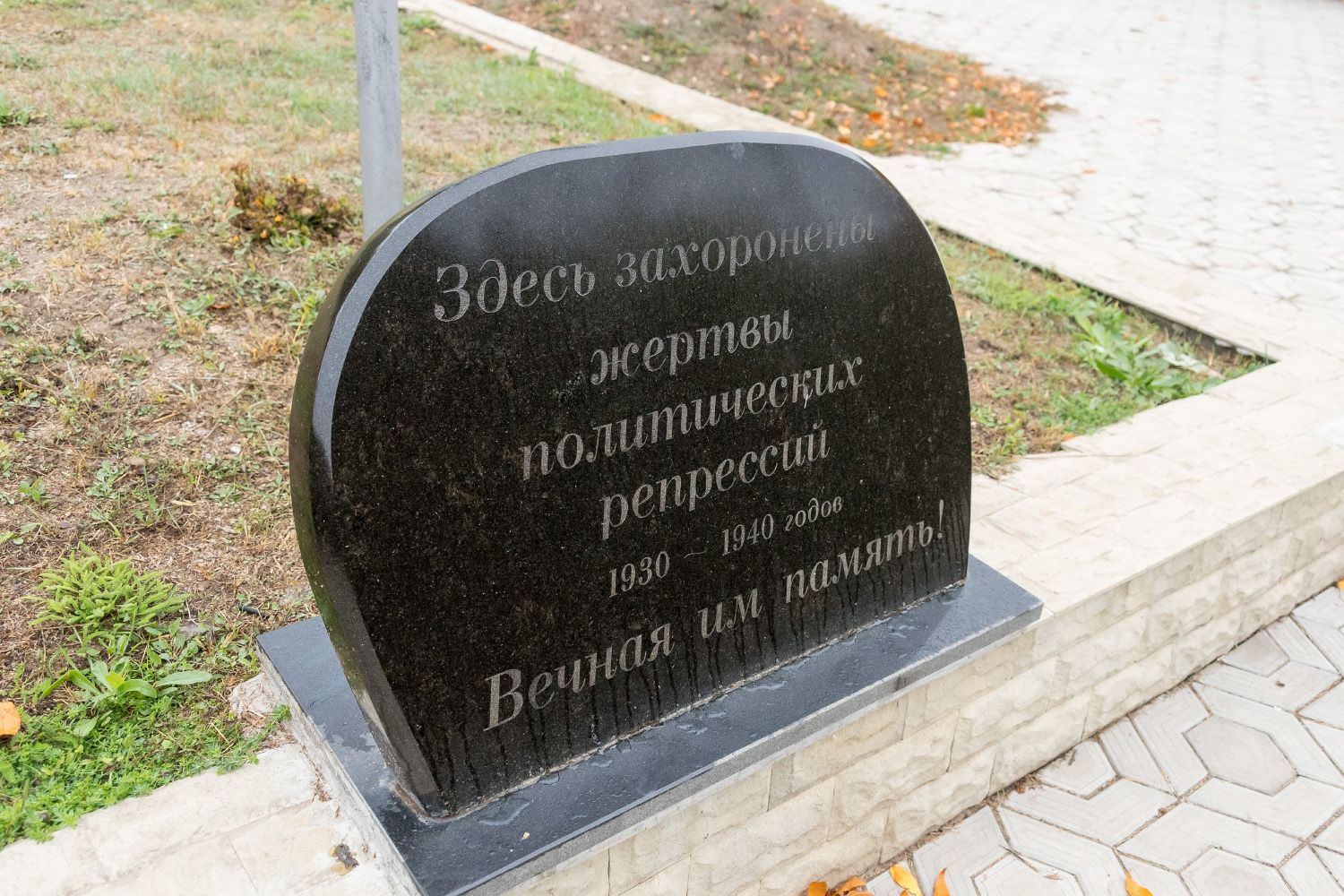Vadim Krasnoselsky visited the military-historical memorial complex on the territory of the bastion of St. Vladimir in the Tiraspol fortress. A thematic museum will be opened here in the premises of the restored powder cellar on October 30, on the Day of Remembrance of the Victims of Political Repression. Its creation was initiated by the PMR President Vadim Krasnoselsky. The same day, the first service will be held in the church in the name of the new martyrs and confessors of the Russian Church.

Construction and finishing work on the construction of a three-domed wooden temple is nearing completion. The President, representatives of presidential executive office, ministries and departments of the republic, the city state administration, and the sphere of culture, as well as museum workers, social activists, and clergymen arrived to inspect their progress and get acquainted with the exposition of the new museum in the capital’s fortress. The contractors assured the President during the visiting meeting that all work would be completed on time and that the church would be ready to receive parishioners by the due date. Heating has already been completed, electricity is being supplied, utility rooms are being prepared, place for the altar and for singers. The adjacent territory and access roads are being improved.
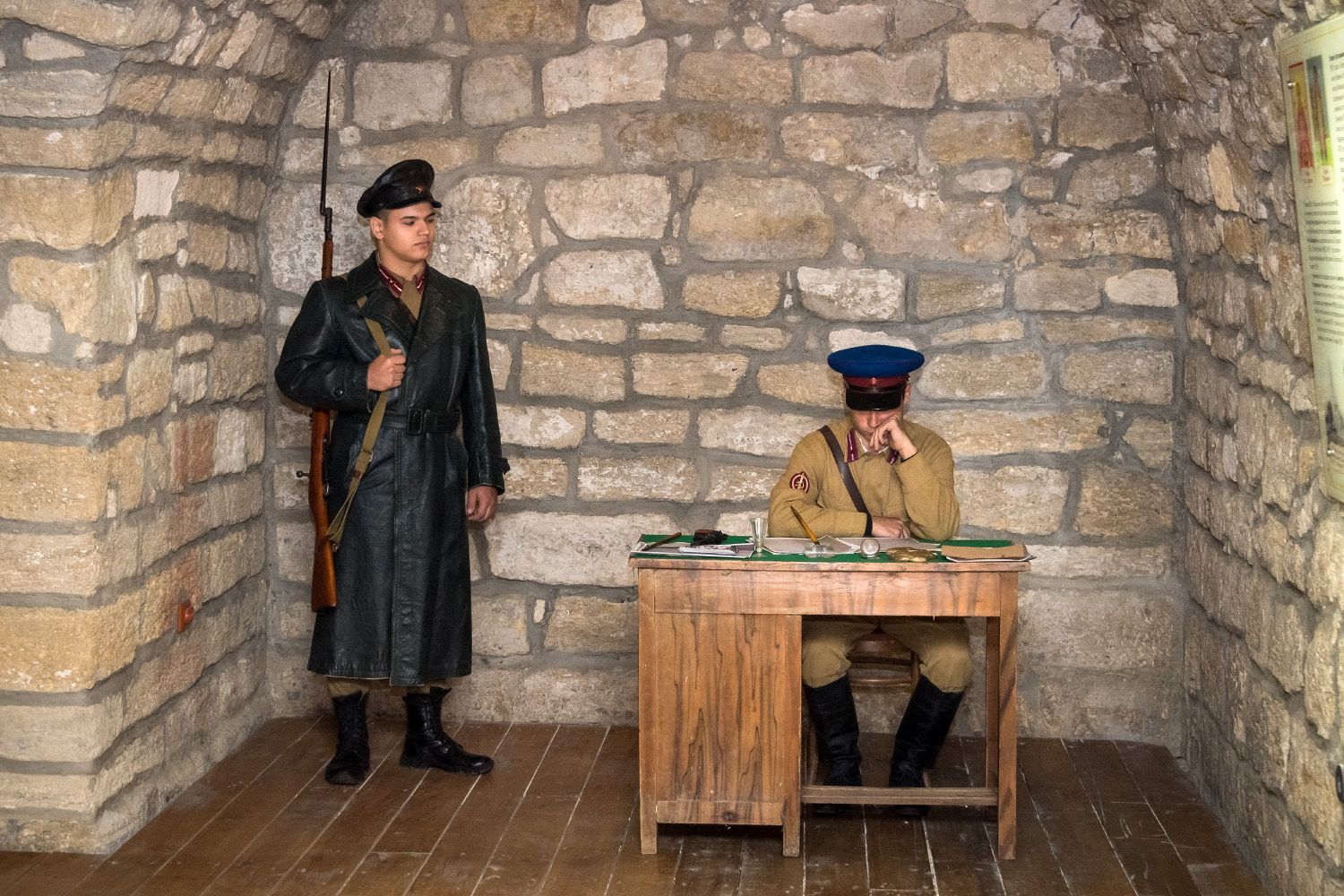
Design of the museum of victims of political repression is at the final stage. Most of the exhibits were found during excavations on the territory of the fortress. These are household items, documents, photographs of citizens shot in the 30s near its walls. The exposition was supplemented by drawings, mock-ups, sculptures and uniform samples. The “NKVD Cabinet” was recreated with the help of furniture and other interior items. Part of the exposition of the military historical museum is devoted to repressions against the Cossacks.
Historians suggest that approximately 5 thousand people were shot on the territory of Tiraspol fortress. To date, the remains of more than one and a half thousand have been found. The fortress, which was built for defensive purposes, did not fulfill its protective function. This place was destined by history for a different, tragic role. In the 30s and 40s of the last century, Soviet citizens from all MASSR were brought to court in Tiraspol. The fortress became the site of execution of repressed military and civilians.
The first work on the restoration of the powder cellar of the Tiraspol fortress began in the early 90's. Then more than eight hundred remains of repressed citizens were discovered. In 2017, the remains of 436 people were buried. Later, in 2018, during the ongoing search, they discovered, exhumed and reburied bodies of another 218 dead.
This year, new points of execution of the repressed were discovered. October 30, on the Day of Remembrance of the Victims of Political Repression, another 372 people will be reburied in the territory of Tiraspol fortress.
